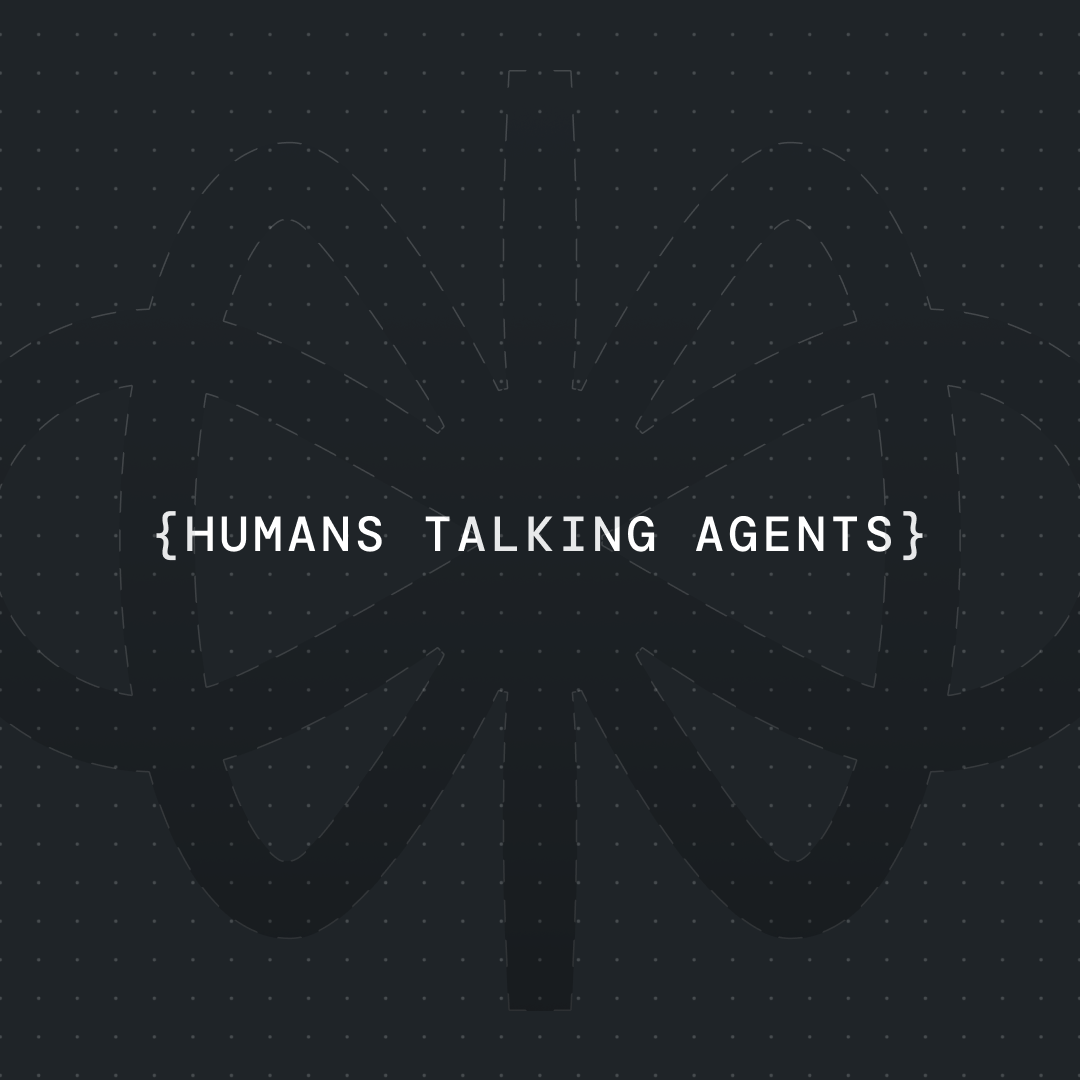How to Build an AI Dungeon Master Bot [Fast & Easy]




Tabletop role-playing games (TTRPGs) like Dungeons & Dragons thrive on improvisation, narrative depth, and the excitement of a group inventing a story together. Traditionally a human Game Master (GM) is responsible for designing the world, keeping track of rules, and reacting creatively to unpredictable players. It’s a rewarding role, but it can also be exhausting; prepping lore and encounters takes hours, and maintaining narrative coherence when players decide to adopt a goblin bakery can be daunting.
Recent advances in generative AI offer a powerful assistant for this work. AI systems can now generate coherent prose, simulate dialogue, manage knowledge bases, and even remember past events across long sessions. Tools like Voiceflow let creators build conversational AI agents without code and integrate them into chat or voice channels. These capabilities are sparking a revolution where digital “Dungeon Masters” (DMs) augment—rather than replace—human creativity, allowing groups to enjoy dynamic stories with less prep time and more surprise.
👉 At the end of this blog post, you’ll find a ready-made Voiceflow template you can use right away. I also highly recommend watching the video walkthrough that comes with it, so you can fully understand how to customize and deploy it.
What Makes an AI Dungeon Master Truly Great?
{{blue-cta}}
A good human DM combines many skills: creativity, improvisation, rule mastery, player engagement, and emotional tone. An AI DM needs to mimic those qualities while recognizing its limitations. Here are the capabilities we’ll aim for:
Dynamic storytelling and improvisation. Large language models (LLMs) excel at generating text and adapting to player input. With proper prompting, the AI can narrate scenes, play non-player characters (NPCs), and describe consequences in real time.
Rule knowledge and logic handling. A DM must enforce game mechanics fairly. You can store system rules in a knowledge base and use retrieval-augmented generation (RAG) to fetch relevant passages.
Memory and continuity. Players expect the world to remember their actions. You can use variables to store player names, inventory, or plot flags and update them throughout the session. For long-term memory, integrate a vector database to keep track of histories across multiple games.
Player engagement and adaptability. Good DMs read the room and adjust difficulty or tone. AI can be guided to do this by carefully written system prompts, quick reply buttons, or menu choices to keep new players from feeling lost.
Human oversight and emotional nuance. Despite its talents, AI doesn’t fully understand human emotions or nuance. Treat your AI DM as a helpful co-DM that handles logistics and random events while you focus on big picture storytelling and emotional beats.
Setting the Foundations: Building Your DM Bot
Choosing Voiceflow as your platform
To build our DM bot without writing code, we need a platform that supports generative AI, knowledge bases, and flexible deployment. Voiceflow hits all those notes. It gives you a drag-and-drop canvas with prompts, variables, and logic, plus the ability to integrate knowledge bases and external APIs.
Creating your project and knowledge base
- Create a new project. Sign up for Voiceflow and start a Chat agent. Name it something like Dungeon Master Bot.
- Import your game rules and world lore. Upload PDFs or text files of rulebooks, monster manuals, or your home-brew setting.
- Draft a system prompt. Write a persona description: “You are an enthusiastic Dungeon Master guiding players through a fantasy world. Speak in second person, describe vivid scenes, control NPC dialogue, and ask the player what they do next.”
- Enable knowledge base access. Toggle on knowledge base retrieval so your agent fetches rules when asked.
- Define variables. Add variables for playerName, playerClass, playerHP, inventory, or any other state data you’ll track.
👉 Remember: you don’t have to build everything from scratch. Use the attached template as a starting point, and follow along with the video walkthrough to understand how each piece fits together.
How Can You Design the Perfect Storytelling Loop?
Design a welcoming introduction. First impressions matter. In your Start block, greet the player warmly: “Greetings, adventurer! I’m your AI Dungeon Master. What’s your character’s name and class?” Use Capture steps to save responses.
Structure the storytelling loop.
- Narration (Agent step) – Describe the scene and ask what the player does.
- Capture input – Save the player’s action as playerAction.
- Optimize input – Use a Set block to refine messy text into a clear action.
- Rule/lore lookup – Query your knowledge base using the action.
- AI response – Generate narration using only retrieved rules and the current state.
- Update state – Adjust HP, inventory, or story flags.
- Loop back to narration.
Personalize the experience. Use variables in prompts, reference past events, and adjust tone based on alignment or mood. Deploying as a voice agent makes the experience even more immersive.
How Do You Integrate Rules, Memory, and Player Choices?
- Functions and APIs. Connect to a dice-rolling API or write a JavaScript function to simulate rolls.
- Rule references. Tag rules in your knowledge base (combat, spells, etc.) for precise retrieval.
- Conditions and choices. Use branching steps to handle outcomes like death or victory.
- Memory. Connect to a vector database for campaign persistence.
- Voice input/output. Deploy as a voice agent for a natural conversational feel.
How Can You Deploy Your AI Dungeon Master to Discord (and Beyond)?
Once your DM logic works in Voiceflow’s test environment, you’ll want to share it with players. Discord is a popular platform for TTRPGs, and the process is straightforward:
- Build your flows in Voiceflow.
- Publish the project and grab your API key.
- Create a Discord bot via the Developer Portal, set permissions, and invite it to your server.
- Host bridge code (Node.js) that passes Discord inputs to the Voiceflow Dialog API.
- Test, refine, and encourage feedback from your group.
👉 To save time, use the GitHub repository I’ve prepared here: discord-voiceflow-bot. This will help you set up your server and connect everything quickly.
You can also deploy your AI DM to web chat, Telegram, Slack, or even phone calls—anywhere that supports the API.
How Do You Balance AI Automation with Human Creativity?
- Use AI as a co-DM, not a replacement. Let it handle logistics while you focus on storytelling.
- Set clear guardrails. Write explicit system instructions to prevent hallucinations.
- Curate your data. Only import rules and lore you want enforced.
- Engineer prompts for tone. Structure narration carefully to maintain pacing.
- Respect player agency. Allow open-ended choices and avoid railroading.
- Be transparent. Let your group know the AI is assisting.
What’s Next for Your AI-Powered RPG Campaigns?
{{blue-cta}}
Building an AI Dungeon Master is no longer a sci-fi dream. With Voiceflow, you can assemble a generative storytelling engine that manages lore, enforces rules, responds to players, and remembers past events. By designing a loop of narration, player input, knowledge lookups, and AI responses, you reduce prep time while opening the door to solo play or spontaneous adventures.
To level up, consider:
- Writing custom functions for advanced mechanics.
- Adding vector memory for long-term campaigns.
- Testing different LLMs to match your style.
- Deploying in voice or VR environments for immersion.
👉 Don’t forget: use the attached template as your starting point, follow the video walkthrough to understand the setup step-by-step, and if you’re deploying on Discord, clone the GitHub repo discord-voiceflow-bot to set up your server easily.
AI won’t replace the magic of a group around the table telling stories, but it can amplify that magic by taking on the heavy lifting. Treat your AI Dungeon Master as a partner, and let it help you guide your friends through worlds of wonder.


Get the latest AI agent news
Join Voiceflow CEO, Braden Ream, as he explores the future of agentic tech in business on the Humans Talking Agents podcast.








